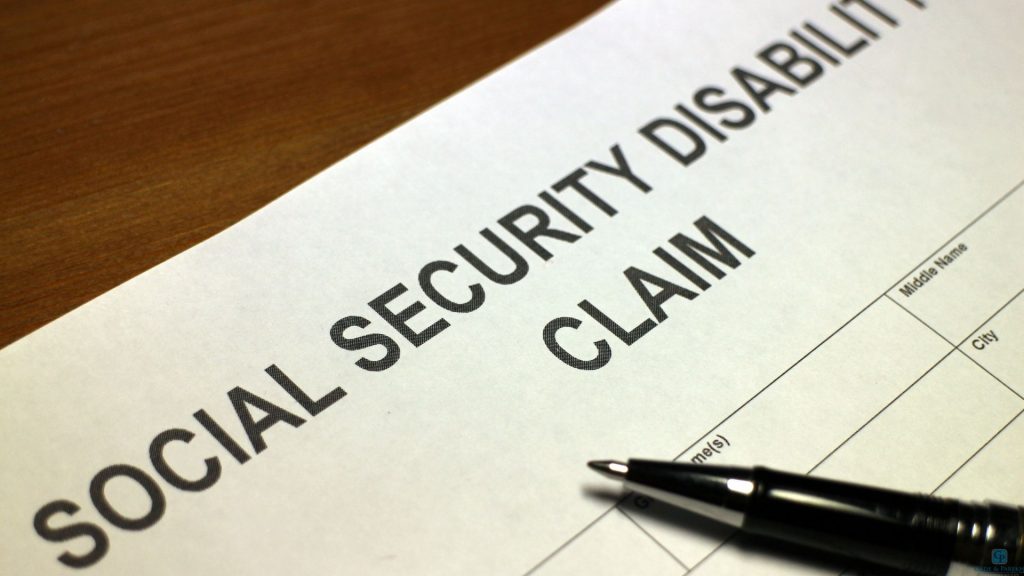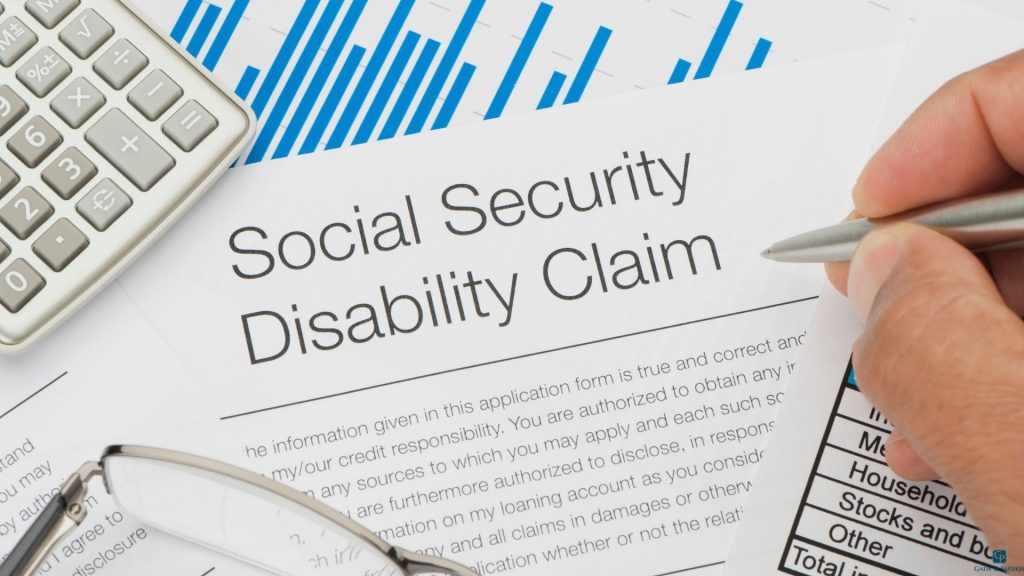Roseville Social Security Disability Attorney
Practice Areas
Social Security Services
Let’s Talk About Your Case.
Contact us for a free consultation
Areas Served
Social Security Disability Insurance (SSDI) Benefits for California Residents

The Social Security Administration (SSA) provides benefits to qualifying Americans. The SSA manages several benefits programs, including Social Security Disability Insurance (SSDI). If you believe that you or a loved one qualifies for these benefits, it is vital to know how to qualify, what to expect from the application process, and the value of legal representation should you encounter any issues with your application.
How Does the Social Security Disability Insurance Application Process Work?
If you worked and paid into the Social Security Disability Insurance (SSDI) system through payroll deduction or direct payments for at least 5 out of the last 10 years, you may qualify for some level of benefits if you suffer a total disability. SSDI benefits are paid relative to the amount you have paid into the system, so benefit levels vary relative to your earnings level while you were working.
Learn more about our Social Security services at these pages:
Applying for benefits
How much will this cost?
In order to qualify for SSDI benefits, you must demonstrate that you have been unable to work for a minimum of 12 months or have a condition that is expected to last for 12 months or longer or lead to death. This does not mean, however, that you should wait one year before filing your initial claim. In fact, if you are unable to work due to a serious medical condition, you should contact our experienced disability attorneys right away to determine whether or not you should file a disability claim with the Social Security Administration.
You paid into the Social Security system for many years. We believe you have the right to receive SSDI benefits if you can no longer work because of a disability. We will help you receive the money you are entitled to. We’re here for you. Standing by your side. Standing up for your claim.
Why Do I Need an Attorney for SSDI?
Although you are not technically required to have legal counsel at any time during the application process for SSDI, it is wise to have a California disability attorney assist you with your claim for SSDI benefits. An experienced attorney will know how to craft your application and which supplemental materials you will need for the best chance of securing approval for your claim. Many people who receive denial letters for their SSDI payments receive them because of administrative issues with their applications that could have been avoided under the guidance of an experienced disability lawyer.
Hiring an attorney may strengthen your initial claim and provide you with security should your SSDI claim be denied. Your attorney can help you navigate the appeals process and secure the evidence you need to prove your eligibility for SSDI. Additionally, an experienced California disability attorney can help you navigate your other Social Security-related concerns, helping you obtain the financial benefits you and your family need.
Talk to an experienced and seasoned attorney at Gade & Parekh, LLP. We are a full-service Social Security law firm with more than 40 years of combined experience successfully helping people qualify for the benefits they need for themselves and their families.
Proving Your Disability
Many people are surprised to learn how difficult it is to get their initial disability claim approved. We handle every part of your claim, from gathering records and reports to assisting with the official documents and forms necessary to prove your disability to the Social Security Administration (SSA). We will work to prove your disability and efficiently move your claim through the system.
There are strict requirements for SSDI benefits. To receive these benefits, you must have a qualifying condition. However, you must also have work experience. Your work experience is called work credit. These work credits are based on your age. Your California disability attorney can help you determine how many work credits you have earned.
Typically, chronic medical conditions that are unlikely to completely heal over time will qualify an individual to receive SSDI benefits. Some qualifying conditions include:
- Sensory impairment, such as blindness, deafness, or severely diminished sensory perception.
- Speech impairment, including language processing disorders.
- Musculoskeletal conditions, such as dysfunctions of the bones and joints or chronic back problems.
- Asthma, COPD, and other respiratory conditions.
- Gastrointestinal disorders such as liver disease or conditions affecting the digestive tract.
- Cardiovascular disorders including chronic heart failure.
- Neurological conditions like multiple sclerosis.
- Blood disorders such as hemophilia or sickle cell anemia.
- Mental disorders such as depression, anxiety, or bipolar disorder
You will need to provide documentation from your medical care team(s) that proves the full extent of your qualifying disability. A California disability attorney can help you secure the necessary documentation, including medical records and reports from your treating doctors regarding the extent of your disability.
It is also important to remember that if you have a medical condition or disability that does not appear in the SSA’s guidelines for SSDI eligibility, you may still qualify for SSDI. This typically requires clinical reports and/or laboratory testing that confirms your medical condition has caused a medically provable impairment or disability. You must typically have clinical reports that document your symptoms, restrictions, or limitations to secure SSDI benefits for a condition that does not appear on the SSA’s list of qualifying conditions.
Ultimately, every situation is unique, and your medical condition or disability may be harder to prove than you initially expect. Hiring an experienced and seasoned California disability lawyer is one of the best ways to streamline your application process, as your legal team will know what documentation and evidence you will need to provide with your SSDI benefits application and at each subsequent stage of the process.
How Much Can I Receive in SSDI Benefits?
The amount you can receive in SSDI benefits hinges on the amount you have paid in Social Security taxes and the work credits you have earned before your application.
It is difficult for the average person to calculate how much they could receive in SSDI benefits without fully assessing work history, earned work credits, and many other factors. Additionally, the formulas the SSA uses to calculate SSDI benefits and other benefit payment amounts are quite complex, typically using multiple levels of percentage-based calculations revolving around your average indexed monthly earnings. Sometimes, the information is available on Social Security’s website under your “My Social Security” account.
If Your Claim Has Been Denied

If you have already had your initial claim denied or have been denied at the reconsideration, we can work with you to prepare you for your administrative hearing. We provide hands-on help that can make a significant difference when you are asked questions about what your disability means to you and your family.
The hearing process can be daunting without legal representation. You will be asked questions by the judge, and usually, other witnesses will testify. When you hire an experienced and seasoned disability attorney to represent you in an SSDI appeal, you will have a reliable advocate who can make compelling arguments on your behalf, prepare you for the questions you will be asked, effectively cross-examine witnesses, and secure the documentation and other evidence you need to navigate the appeals process successfully. The SSDI hearing is an opportunity for you to tell the judge why you cannot work and provide evidence supporting your testimony.
Learn more about Social Security Disability at our FAQ page.
Call Us Today
For help with your SSI claim, contact our firm. We provide SSI claims services for people throughout Sacramento County, Yolo County, Nevada County, Solano County, El Dorado County, and Placer County, California. In some cases, we represent people outside of this area as well. When you work with our team of experienced attorneys, we stand by you through each stage of the legal process to help ensure you receive fair compensation after a disability. Call us toll-free or use our convenient email contact form to submit your questions and arrange a free consultation with an experienced lawyer at our firm.



